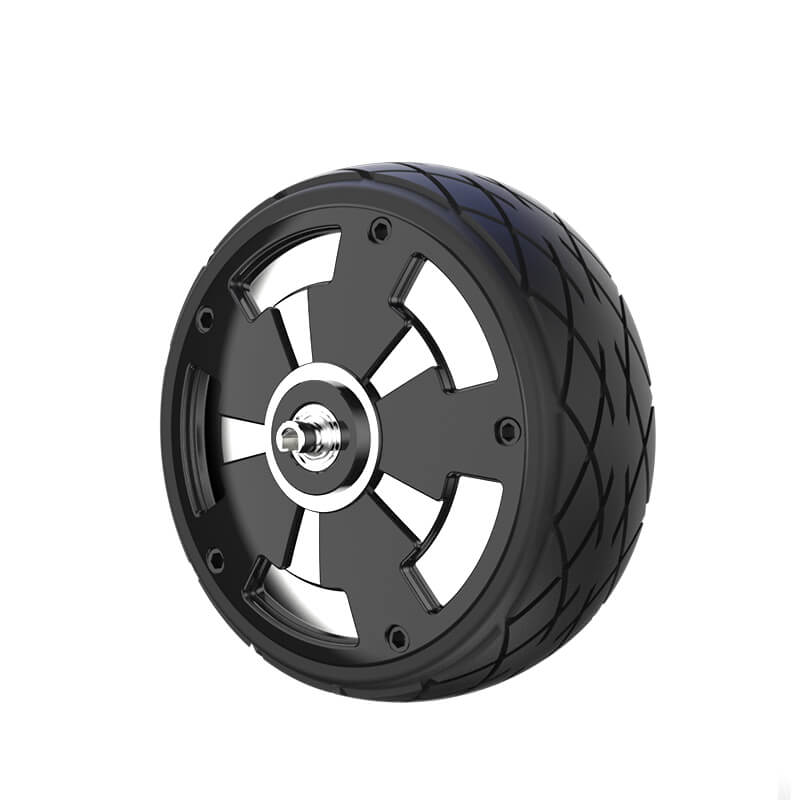Thinking about diving into some DIY robotics or automation projects? Then you’ve probably stumbled upon the term “servo motor Arduino price” quite a few times. It’s a key ingredient, after all. But here's the thing—knowing the price is just one part of the puzzle. You want a servo motor that offers good value, durability, and enough precision for your specific project. Let’s talk about what makes a good servo motor and what to expect price-wise.

Imagine this: you’re building a robotic arm, or maybe a smart camera gimbal. The servo motor you pick needs to be smooth, responsive, and reliable. The price? It varies depending on the quality, torque, and brand. Usually, you’re looking at the range of around $10 to $50 for decent options. The lower end? Think lightweight, basic functions—perfect for beginners, hobbyists, or simple projects. But once you start craving accuracy and durability, prices jump a bit.
One thing that many overlook is how torque affects price. Need a servo that can handle a hefty arm? Better to go for a higher torque model. These often cost a bit more, but they save a lot of headache in the long run. For instance, a small servo with 10 kg/cm torque is pretty common and works for most small projects, but if you’re aiming for something like a heavy robotic arm, you’ll want more power—those can range from $30 to $100, depending on brand and specs.
Quality plays a crucial role—KPOWER, for example, offers solid options without breaking the bank. You get consistent performance without overspending. And let’s face it: a cheap servo that fails halfway through your project can set you back more than investing in a slightly pricier, reliable model.
Pricing also depends on what features you’re after. Digital servos tend to cost more but offer better control and responsiveness. If you’re into high-precision tasks or even some light automation, it might be worth investing in that.
Now, thinking practically—if you’re just tinkering, starting with a budget-friendly servo that hovers around $15-$20 makes sense. But, if your project needs to be industrial-grade, you might be looking at the $80 range or above.
Ever wondered why some servos are so expensive? It’s about the internal construction—ball bearings, metal gears, higher voltage capability—all these factors affect both the price and performance. Cheaper models might use plastic gears and minimal shielding, which can be fine for light-use projects but fall apart under stress.
So, what’s the takeaway? Don’t just chase the lowest price. Think about what your project genuinely needs. Balance your budget with the performance specs—torque, speed, durability. Sometimes, it’s worth paying a bit more for a motor that fits perfectly and doesn’t cause headaches later.
In the end, whether you’re looking at a $15 servo or a $50 model, understanding the specs and your project’s requirements makes all the difference. Keep an eye on the reviews too—real user feedback often reveals the true performance. After all, a servo motor isn’t just about price; it’s about getting the right tool for your next great idea.
Established in 2005, Kpower has been dedicated to a professional compact motion unit manufacturer, headquartered in Dongguan, Guangdong Province, China. Leveraging innovations in modular drive technology, Kpower integrates high-performance motors, precision reducers, and multi-protocol control systems to provide efficient and customized smart drive system solutions. Kpower has delivered professional drive system solutions to over 500 enterprise clients globally with products covering various fields such as Smart Home Systems, Automatic Electronics, Robotics, Precision Agriculture, Drones, and Industrial Automation.




































